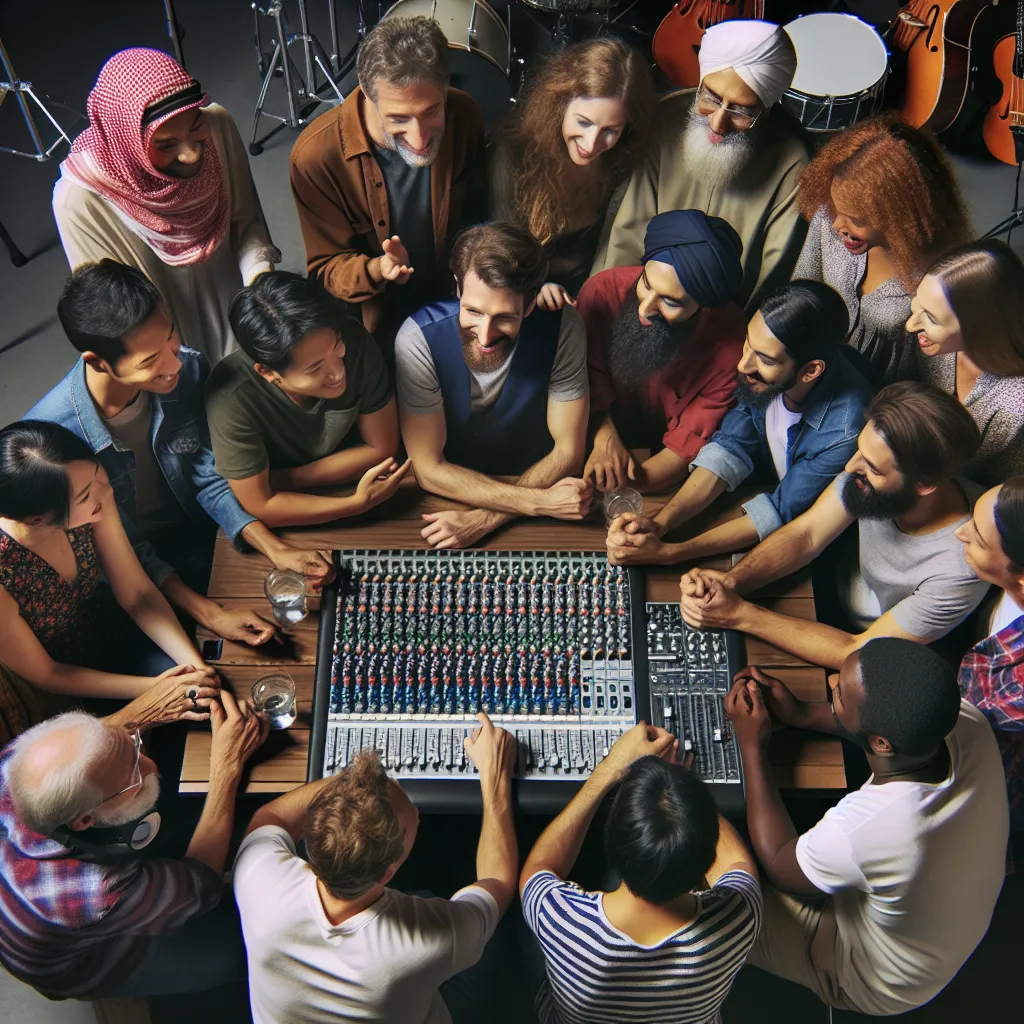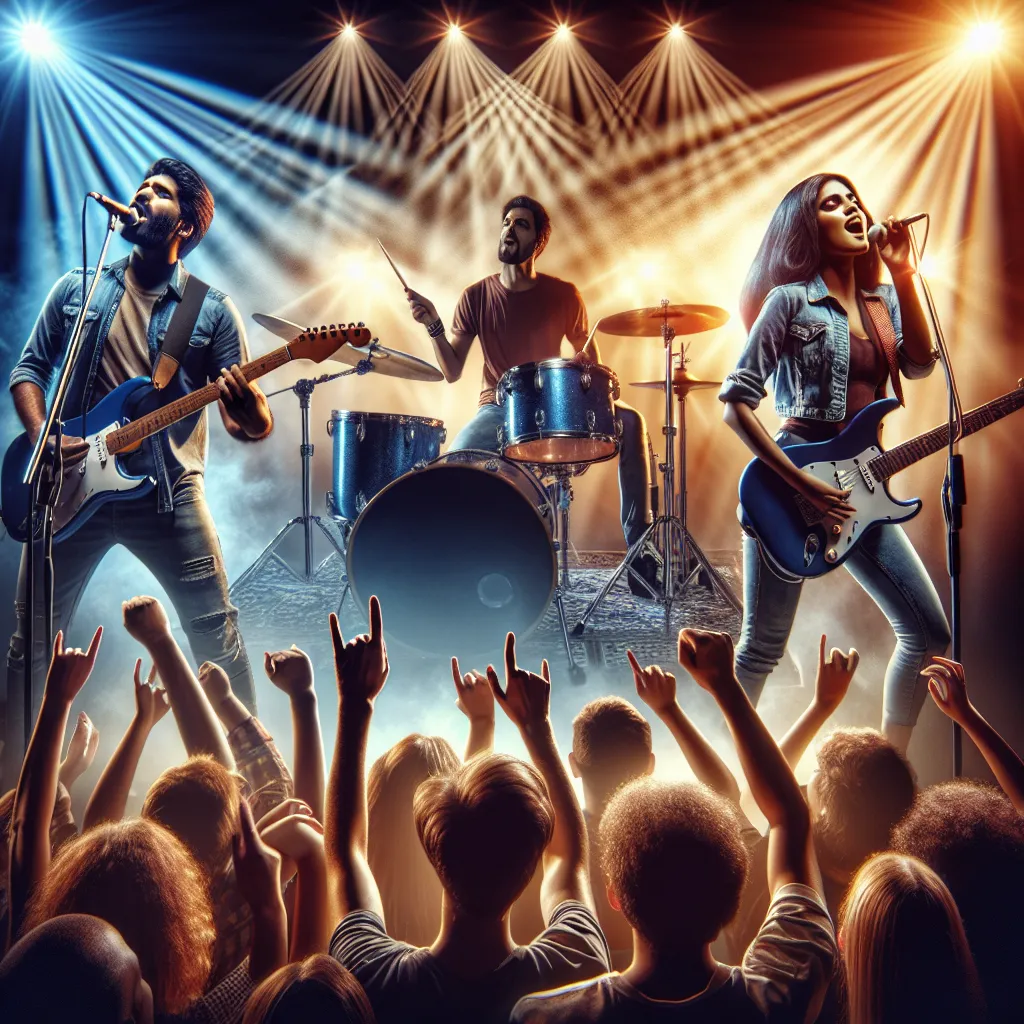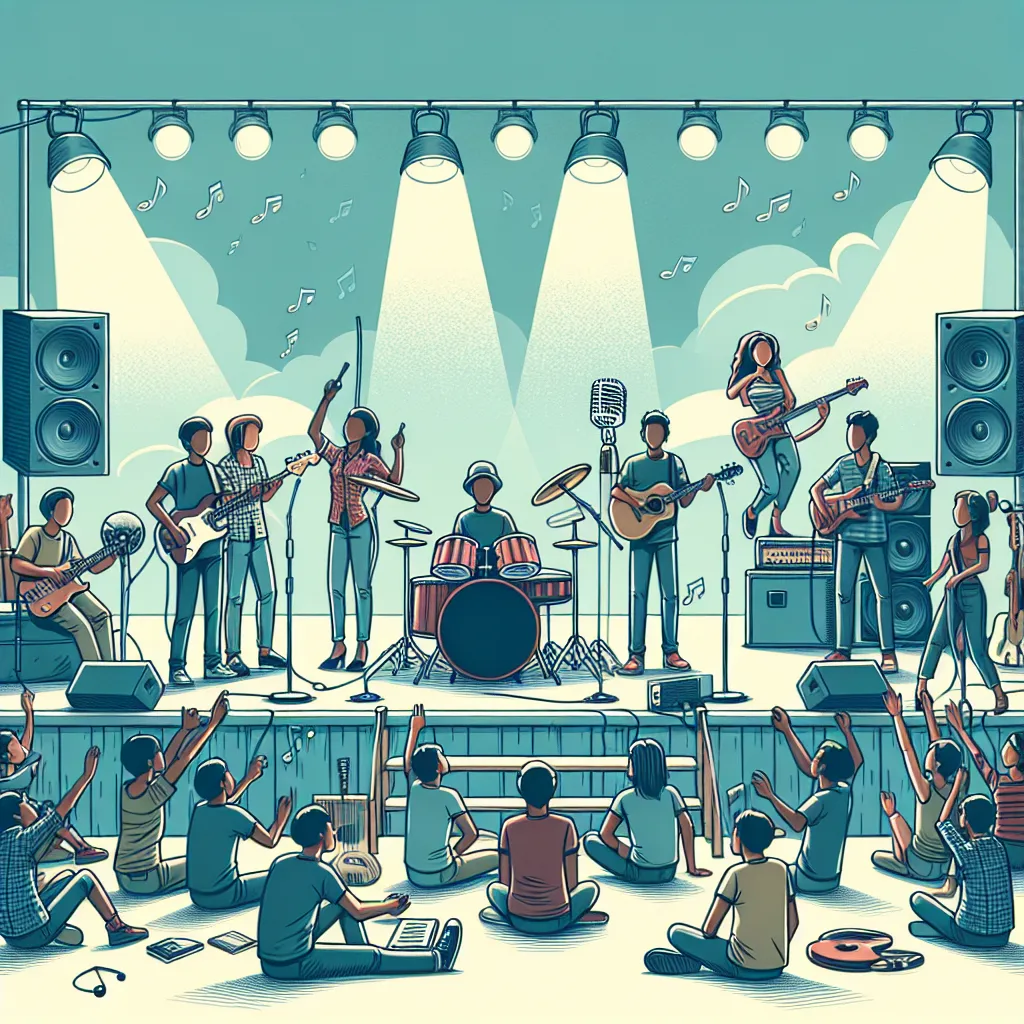
The Evolution of Band Dynamics in Modern Music
The Rise of Solo Artists: Impact on Band Dynamics
As the landscape of modern music continues to evolve, one of the most notable shifts in band dynamics has been the rise of solo artists and its impact on collaborative musical groups. The traditional model of bands as the primary vehicle for musical expression has gradually given way to a surge in individual performers pursuing solo careers. This shift has brought about a reconfiguration of the traditional band structure, as well as a transformation in the dynamics of musical collaboration.
The emergence of solo artists has significantly influenced the dynamics within bands, leading to both challenges and opportunities. With the spotlight often focused on individual stars, collaborative decision-making and creative input within bands may undergo reevaluation. Additionally, the increased visibility of solo artists may heighten competition within bands, posing potential challenges to cohesive group dynamics.
Moreover, the rise of solo artists has necessitated a redefinition of roles within bands, as members adjust to the evolving music industry landscape. Band members may find themselves adapting to new expectations and responsibilities, as solo artists increasingly serve as their own creative directors, promoters, and brand ambassadors. This redefinition of roles can impact the overall equilibrium and power dynamics within bands, potentially leading to shifts in creative direction and decision-making processes.
However, amidst these challenges, the rise of solo artists has also presented new opportunities for bands to explore alternative modes of collaboration and artistic expression. With the growing emphasis on individual artistic identities, bands have the opportunity to cultivate diverse creative influences within their collective work. This newfound emphasis on individuality can enrich the collaborative process within bands, allowing for a more dynamic and multifaceted approach to music-making.
In conclusion, the rise of solo artists has brought about a significant impact on band dynamics within the modern music landscape. While presenting challenges to traditional collaborative models, it has also opened up new avenues for creative exploration and innovation within bands. As the music industry continues to evolve, the interaction between solo artists and bands will undoubtedly shape the future of musical collaboration and artistic expression.
Collaborative Songwriting in the Digital Age
In the digital age, collaborative songwriting has undergone a remarkable evolution, transforming the dynamics of bands and musical acts. The ease of sharing and creating music online has enabled artists to connect and collaborate regardless of geographical limitations. This has led to a shift in traditional band dynamics, with many musicians participating in remote songwriting sessions and virtual jamming. The ability to work on music together from different locations has opened up new creative possibilities and has allowed bands to draw from a more diverse range of influences.
Furthermore, digital tools and software have streamlined the collaborative songwriting process, allowing band members to easily share song ideas, lyrics, and musical sketches. Online platforms dedicated to music collaboration provide a space for artists to exchange feedback, refine compositions, and contribute their individual expertise to the songwriting process. This digital approach to collaborative songwriting has facilitated a more democratic and inclusive creative environment within bands, as each member can make meaningful contributions to the music regardless of their physical proximity to other bandmates.
As a result, the digital age has empowered bands to explore new genres, experiment with different sounds, and incorporate diverse cultural elements into their music. Collaborative songwriting in the digital era has not only revolutionized the way bands create music, but has also enriched the overall musical landscape with innovative and boundary-pushing compositions.
The Role of Technology in Shaping Band Interaction
One of the most fascinating aspects of modern music is the evolution of band dynamics, and the role of technology in shaping band interaction has been a significant factor in this evolution. With the advancement of technology, bands have been able to explore new ways of creating and performing music, ultimately changing the dynamics of how band members interact with each other.
One of the key ways technology has influenced band dynamics is through the use of digital audio workstations (DAWs) and music production software. With these tools, band members can now collaborate remotely, sharing ideas and tracks without being in the same physical space. This has not only expanded the creative possibilities for bands but has also allowed for greater flexibility in how they work together.
Furthermore, technology has also played a crucial role in live performance. The use of in-ear monitors, click tracks, and backing tracks has enabled bands to deliver more complex and polished performances, giving them the freedom to focus on their stage presence and interaction with the audience. Additionally, interactive lighting and visual effects controlled by technology have enhanced the overall live music experience, further influencing how bands engage with their audience.
Moreover, social media and online platforms have redefined how bands interact with their fans and the wider music community. Through social media, bands can engage directly with their audience, share behind-the-scenes moments, and even crowdsource ideas for future projects. This constant, real-time interaction has transformed the way bands connect with their fans and has enabled a more immediate and personal relationship, ultimately shaping the dynamics of band-audience interaction.
In conclusion, the role of technology in shaping band interaction has been pivotal in the evolution of modern music. From collaborative music production to live performances and audience engagement, technology has profoundly impacted how band members interact with each other and with their audience, ultimately redefining the dynamics of bands in the contemporary music landscape.
Adapting to Change: Band Dynamics in the Streaming Era
In the ever-changing landscape of the music industry, bands have had to adapt to the new dynamics brought about by the streaming era. With the rise of platforms like Spotify, Apple Music, and Pandora, the way audiences discover and consume music has undergone a significant transformation. This shift has had a profound impact on how bands operate and interact with their fan base.
One of the most notable changes in band dynamics in the streaming era is the emphasis on singles over albums. With the ability to instantly access individual songs, listeners have gravitated towards curated playlists and hit singles, altering the traditional album-focused approach. As a result, bands have had to rethink their release strategies and focus on producing tracks that stand out in the digital realm.
Furthermore, the direct access to audience data provided by streaming platforms has empowered bands to have a more targeted and personalized approach to engaging with their fans. By analyzing streaming metrics, bands can understand their audience demographics, regional popularity, and listener behavior, allowing them to tailor their marketing efforts and tour schedules accordingly.
The collaborative nature of streaming platforms has also influenced band dynamics, with features like collaborative playlists enabling bands to directly engage with their fans and other artists. This has led to a more interconnected music community, where bands can cross-promote with other acts and create curated playlists that showcase their influences and favorite tracks.
Overall, the streaming era has redefined the way bands operate, encouraging them to adapt to the evolving digital landscape. By embracing singles, leveraging audience data, and utilizing collaborative features, bands can thrive in this new paradigm, connecting with their audience in innovative ways and shaping their own unique musical journey.



